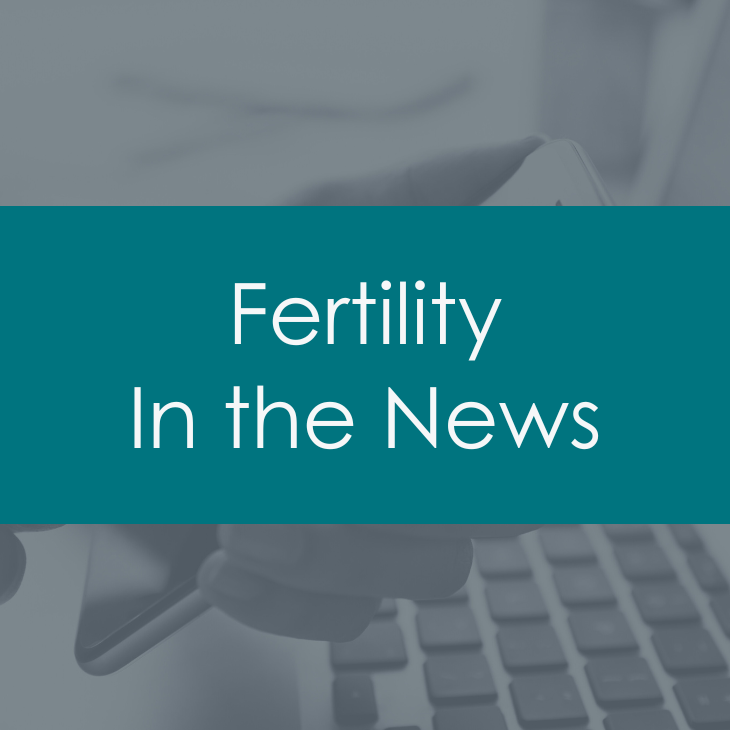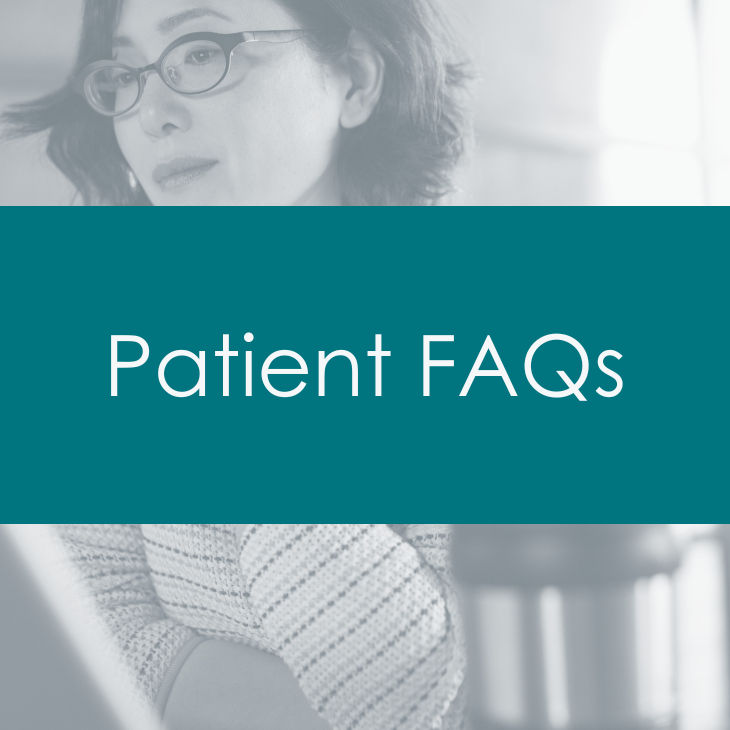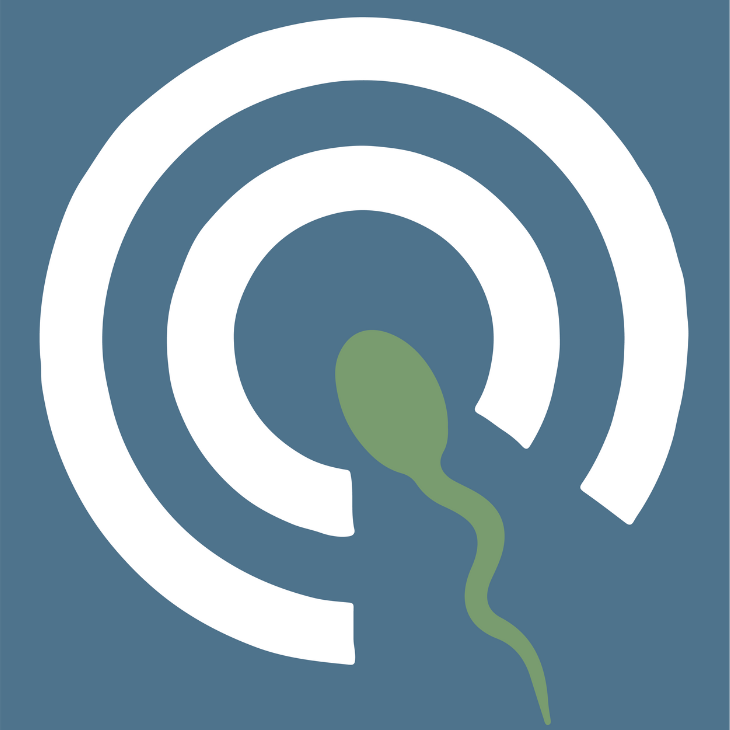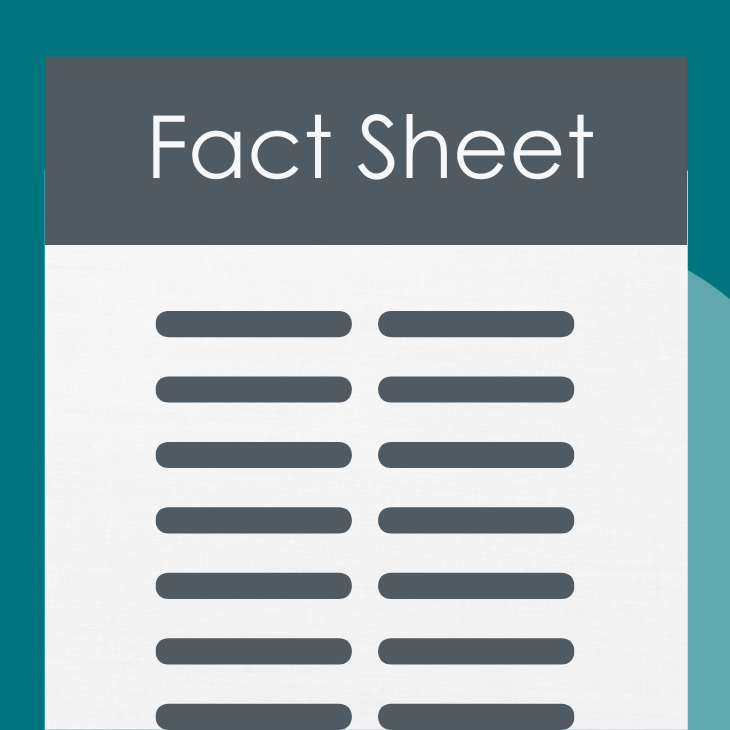
Revised 2023
What are stem cells?
Embryonic stem cells are special cells found in very earlystage embryos (fertilized eggs). They are undifferentiated cells. This means that they have not yet developed into a cell that performs a specialized function (such as skin, heart, or nerve cells).

The 3 types of stem cells are differentiated by what they can become:
Totipotent cells become any cell in the human body or placenta. They are found only in the first few divisions of a fertilized egg.
Pluripotent stem cells can become any type of cell in the human body and can grow indefinitely. These are found throughout the fetus’s growth until it is born.
Multipotent stem cells can only become specialized kinds of cells or tissue (such as heart, blood, or lungs). These cells are found in blood from the umbilical cord and in people after birth.
Why are stem cells important?
The ability to identify and grow human embryonic stem cells (hESCs) can affect the way medical diseases are treated. Researchers predict that, if they can grow these stem cells in the laboratory, hESCs can be used to create various cells to treat a wide range of diseases and conditions, including Parkinson disease, Alzheimer disease, cancer, spinal cord injury, and juvenile-onset diabetes.
Why is stem cell research controversial?
Controversy regarding stem cell research revolves around when life is defined. Some believe the embryo should be afforded the same protection as a child or adult and therefore no research should be allowed. Others believe the embryo is a distinct entity that has the potential for life and should be handled with special respect, which would allow for research under strict criteria.
What is ASRM’s viewpoint?
It is also expected that the research investigator will bear the burden of justifying the worthiness of the research; will use the smallest possible number of embryos; will be overseen by an Institutional Review Board; can identify no satisfactory alternative to using embryos; and expects important clinical data to result from the research.
Could stem cells be used to clone human beings?
Cloning is the process of making an identical copy of the DNA of any cell or living organism. Reproductive cloning would be to make an exact copy of an entire human being. While theoretically possible, this has not been done.
Does ASRM approve of cloning?
ASRM does not approve of reproductive cloning for the purpose of making another human being.
What is somatic-cell nuclear transfer and why is it important?
Somatic-cell nuclear transfer (SCNT) is a process that involves removing the nucleus of an egg cell and replacing it with the material from the nucleus of any cell from the human body that is not an egg or sperm cell.
Somatic-cell nuclear transfer research is an important subset of stem cell research. It could allow researchers to develop stem cell therapies that are tailored to an individual’s medical condition and that do not trigger immune rejection responses, which can happen with tissue and organ transplants.
Fact Sheets/Booklets
View more fact sheets and booklets written by the ASRM Patient Education Committee.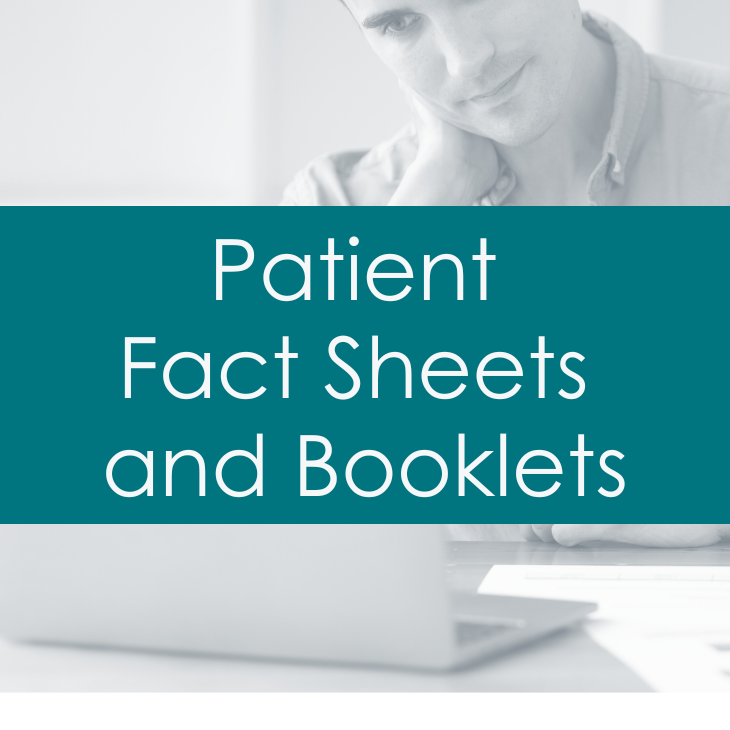
Menopausal Transition (Perimenopause): What Is It?
The menopausal transition (perimenopause) is the period that links a woman’s reproductive (childbearing) years and menopause.
Osteoporosis
Osteoporosis and osteopenia are conditions of having low bone mass (density).
Hyperprolactinemia (High Prolactin Levels)
Prolactin is a hormone produced by your pituitary gland which sits at the bottom of the brain.Research
Find a Health Professional


